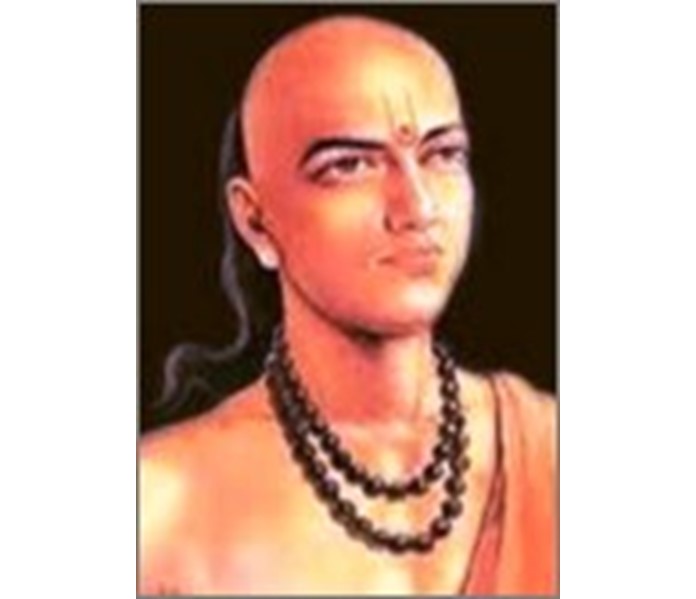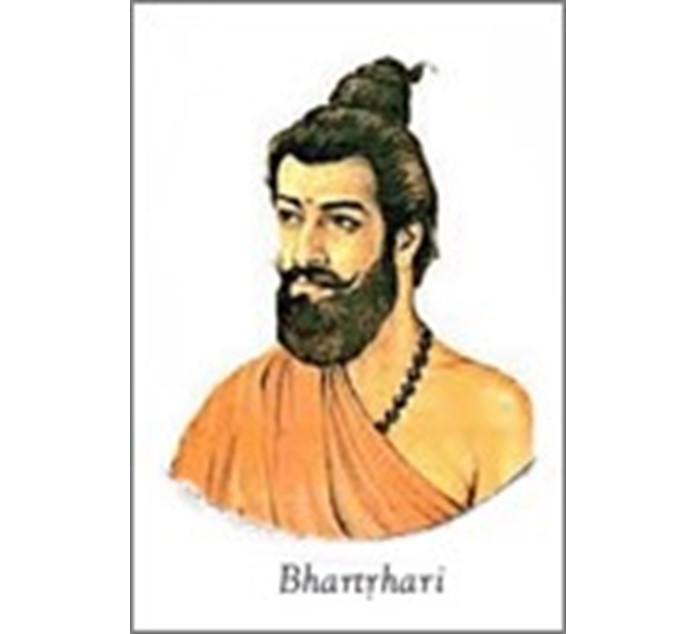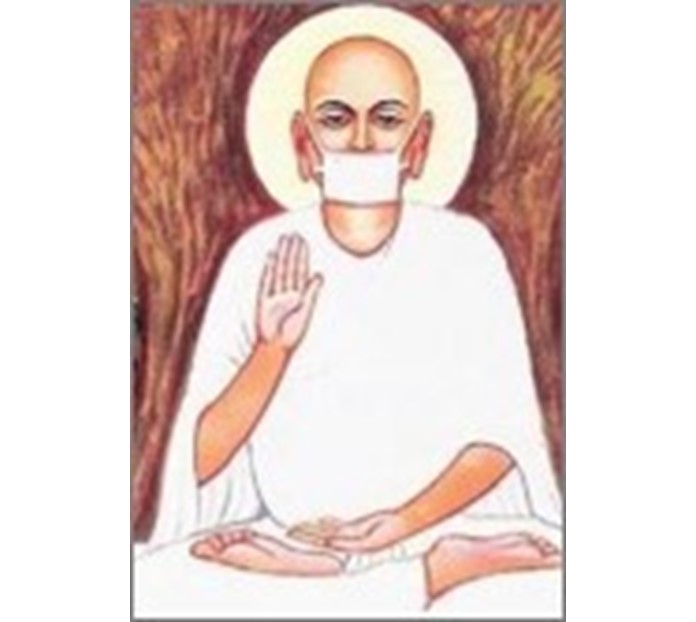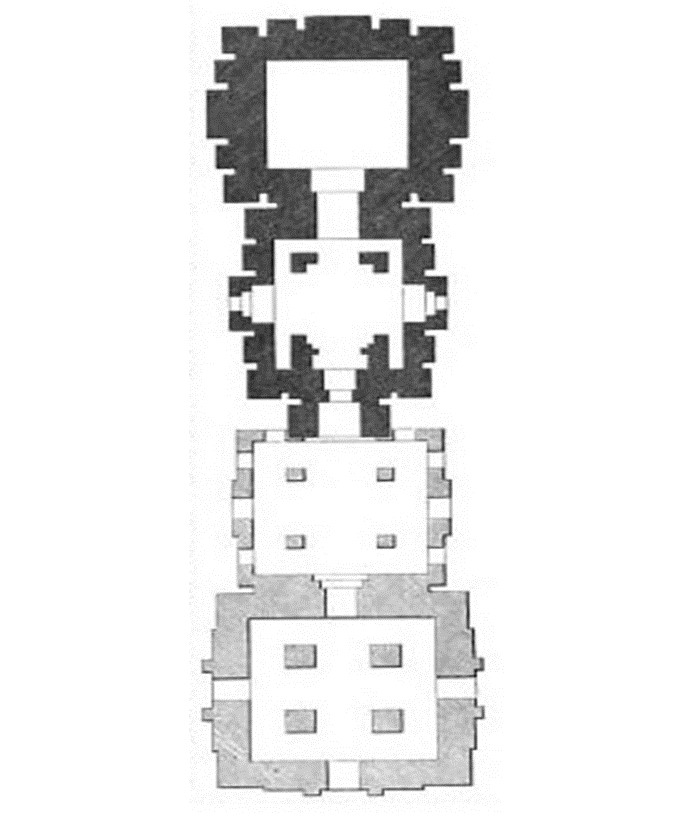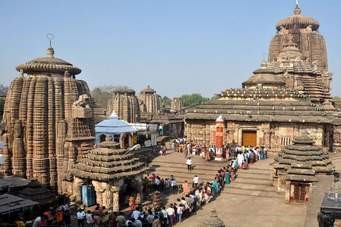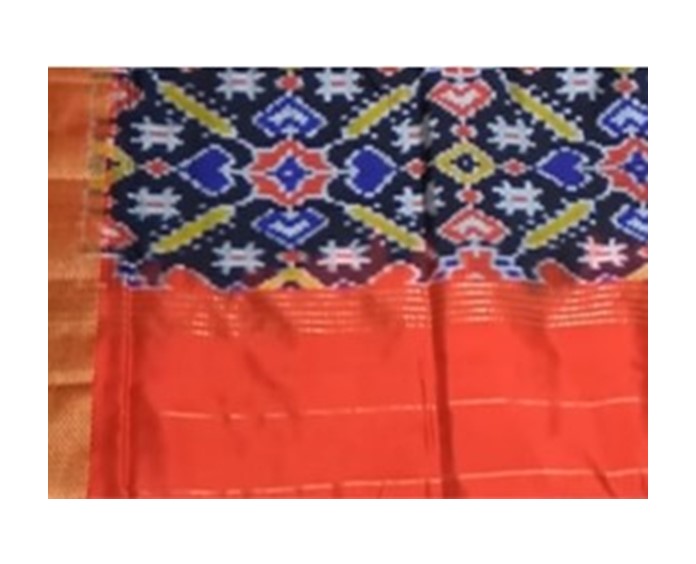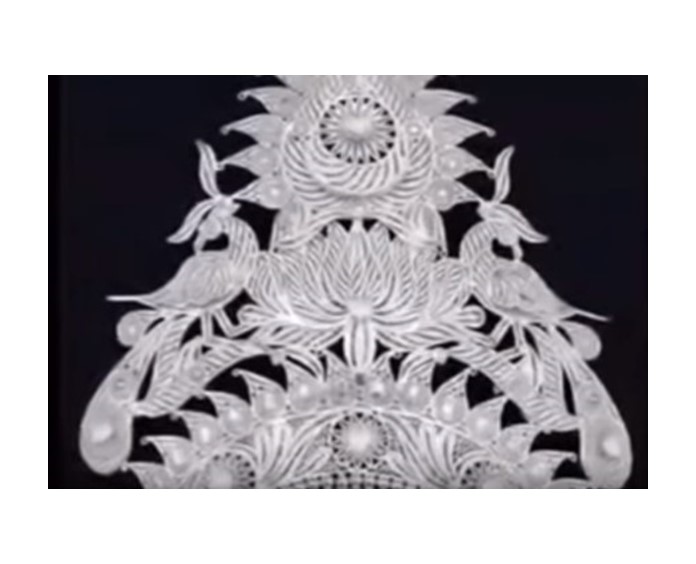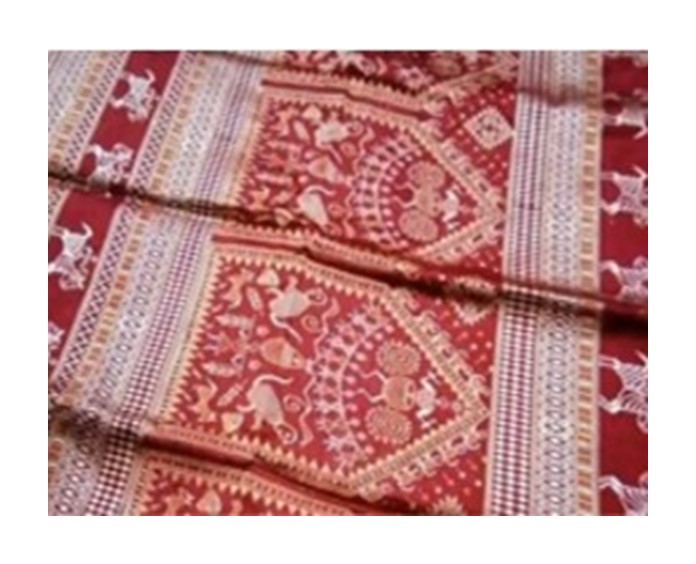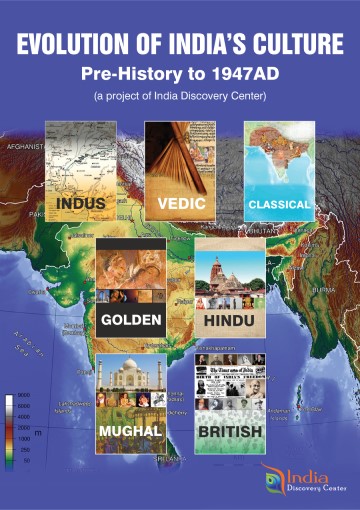India Hindu Period (500CE-1500CE) Science and Technology
The period witnessed remarkable progress in astronomy and mathematics with more accurate observations of the sky and development of asymptotic methods in solving nonlinear equations. Speech science took a detailed analytic look in creating empirical observations on phonemes leading to the development of Indian classical vocal music. Herbs and plant extracts found permanent home in the field of the health sciences. A healthy nation prospered economically. Industrial production of rust-free iron helped build massive religious shrines and commercial boats used. Peace and stability gave rise to the discovery of new techniques in art, sculpture, carving with the design of finer patterns in weaving and coloring.
Varahamihira (Figure 1) in the 6th century calculated the relative distances of the planets from the sun. He helped standardize the almanac giving tables of seasonal corrections. His encyclopedic book Brhat Samhita Continues as a reference text for astronomy, engineering, agriculture and mathematics. Brahmagupta in 7th century introduced the concept of zero and of negative numbers. Mahaviracharya in 9th century introduced the decimal system.
Figure 1. Varahamihira (505CE- 587CE) astronomer, mathematician and astrologer, compiled the reference text, Brhat Samhita, an encyclopedia of Indian sciences to date. (Wikipedia).
Bhartrhari in 5th century (Figure 2.) helped create the most analytic work on speech science ever produced. He analyzed sound quality, sound diction and sound interpretation by reintroducing the theory of “burst, an information packet of sound. Anandavardhana in 9th century went a step further in proposing the theory of “suggestion†in poetic expressions. It introduced neurological implications of semantic processing and reflective expression. Abhinavagupta in 10th century formalized the “rasa†theory (see Art and Culture track in Classical Period) in acoustic communication by polishing narration and speech for realistic reconstruction. Hemachandra in 12th century (Figure 3.) deduced the Fibonacci series from the music syllables.
Figure 2. Bhartrhari (5th century, approximate) grammarian and linguist, authored the scientific text of Vakyapadiyam, the reference treatise on the theory of speech. (Wikipedia).
Figure 3. Hemachandra (1088CE-1173CE) poet, mathematician, grammarian and linguist, wrote and contributed in all scientific disciplines including prosody. (Wikipedia).
The analysis of emotional impact of word narrative helped create the theory of poetics. Magnificent literary creations were produced enriching the world literature (see Language and Literature track above). Push for general wholesomeness in life propelled for exacting standards of aesthetics in taste, conduct, music, food and dress. Nutritional methods were discovered through the principles of Ayurveda. Food was customized respecting individual empirical traits. Research was on the discovery of the natural dyes that could fix on fiber, cotton and silk to produce color garments and decorative objects. Rasa theory was attempted on picture depiction and the carving of sculptures. Artistic values flourished.
High temperature ovens brought technological innovations in metallurgy and alloy making. Electroplating through acidic interactions was common. Alchemy and transforming metals became a passion for many. It increased with the Arab trade. Metallic oxides and ground ores were used as pigments and in medicinal preparations. Mercury was discovered as a noble metal that had transformative properties.
The period was known for exploring geology and hydrology. Ground moisture and airflow were carefully evaluated to select sites for temple construction. There were studies on stability of the structures and geometry (Figure 4.). Decorative counterweights were added to the structures at different heights in order to maintain balance (Figure 5.). While the principles have been discovered, the calculations and the planning documents have yet to be uncovered. Massive cargo boats plied from the east coast to far-away lands. They were prepared for high winds and strong currents. Navigational measurements were accurate for traffic in Bay of Bengal.
Figure 4. The foundation design of Lingaraja Temple (180 Feet), 11th century CE. (Wikipedia)
Figure 5. The Lingaraja temple in worship today. (Wikipedia)
Fine work in gold, silver, ivory, bones, hard wood, silk and textiles (Figure 6, Figure 7) made the Indian goods endeared around the world. Palm leaf manuscripts were produced with artistic calligraphy and color inserts. Projection geometry and the visual impact of light and shadow were studied for their artistic applications. Statues and images produced during the period lifted themselves to divine status for their beauty, construction and physical appeal (Fugure 8). Exploration of divinity in the physical world became the source of curiosity for the scholars during the period.
Figure 6. Color fixing and weaving with silk (Wikipedia)
Figure 7. Foil and design work on textiles through weaving (Wikipedia)
Figure 8. Silver filigree work (13th century) (Wkipedia)
References:
1. The Cultural Heritage of India, Volume VI, Science and Technology, The Ramakrishna Mission Institute of Culture, Calcutta, 1937, reprinted 1986.
2. History of Ancient and Early Medieval India: From the Stone Age to the 12th Century – Upinder Singh, Pearson Education, Delhi, 2009.
3. बृहतॠसंहिता by Varahamihira, translation by N. Chidambaram Iyer, 1884, https://www.wisdomlib.org/hinduism/book/brihat-samhita
4. A Concise History of Science in India – Edited by D.M.Bose, S.N.Sen, B.V. Subbarayappa, Orient Black Swan, 2009.
Dr. Bijoy Misra serves as the President of India Discovery Center and leads the Science and Technology track in the project on "Evolution of Indian Culture: Pre-history to 1947AD"
More information and updates on the project are available at https://www.facebook.com/Evolution-of-Indian-Culture-An-IDC-Project-107749391111922
More information on India Discovery Center is available at https://www.indiadiscoverycenter.org
(c) Copyright 2021 India Discovery Center, Inc. All rights reserved.
